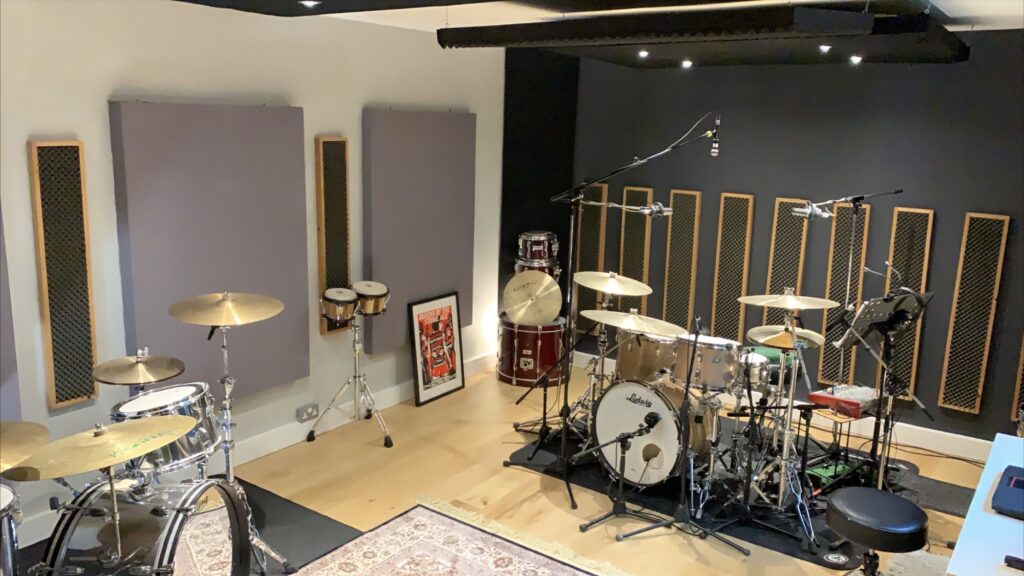In the world of home entertainment, achieving optimal sound quality is paramount for an immersive experience. Whether you’re enjoying your favorite movie, gaming with friends, or listening to music, the acoustics of your home theater or entertainment room play a crucial role. However, many homeowners overlook the importance of acoustic treatment, leading to subpar audio performance. In this article, we’ll explore how to optimize acoustics in home theaters and entertainment rooms to elevate your audio experience to new heights.
Understanding Acoustic Challenges
Before diving into solutions, it’s essential to understand the acoustic challenges that home theaters and entertainment rooms often face. These challenges include:
- Reverberation: Uncontrolled reflections of sound waves can lead to reverberation, causing muddled audio and diminishing clarity.
- Resonance: Certain frequencies can resonate within the room, resulting in peaks and dips in the frequency response and uneven sound distribution.
- Standing Waves: Standing waves occur when sound waves reflect back and forth between parallel surfaces, causing peaks and nulls in specific frequency ranges.
- External Noise: Home theaters and entertainment rooms are often susceptible to external noise intrusion, disrupting the immersive experience.
Solutions for Optimal Acoustics
To address these challenges and optimize acoustics in your home theater or entertainment room, consider the following solutions:
- Acoustic Panels: Installing acoustic panels strategically on walls and ceilings can absorb excessive reflections, reducing reverberation and creating a more controlled acoustic environment. Bass traps can also help mitigate low-frequency issues caused by standing waves.
- Diffusers: Diffusers scatter sound waves, preventing them from reflecting directly back into the listening area. Placing diffusers on rear walls can enhance spatial imaging and create a more natural soundstage.
- Room Layout and Furniture Placement: Optimize the layout of your home theater or entertainment room to minimize the impact of standing waves and resonance. Avoid placing seating or large objects at room mode locations where standing waves are most pronounced.
- Soundproofing: Enhance the isolation of your home theater or entertainment room to minimize external noise intrusion. Soundproofing measures may include adding mass to walls, sealing gaps and cracks, and installing double-glazed windows.
- Speaker Placement and Calibration: Proper positioning of speakers and subwoofers is critical for achieving balanced sound reproduction. Utilize acoustic measurement tools and calibration software to fine-tune speaker placement and optimize frequency response.
Contact Waseem Muhammad Technical Soundproofing Expert in Dubai: +971 50 209 7517
Conclusion
Optimizing acoustics in your home theater or entertainment room is essential for achieving a truly immersive audio experience. By addressing common acoustic challenges with strategic solutions such as acoustic panels, diffusers, and soundproofing measures, you can elevate your home entertainment to the next level. Whether you’re a cinephile, gamer, or music enthusiast, investing in acoustic treatment will enhance your enjoyment and appreciation of sound in the comfort of your own home.
FAQs
How many acoustic panels do I need for my home theater?
The number of acoustic panels required depends on the size and acoustics of your room. Generally, aim to cover approximately 20-30% of wall surfaces with acoustic treatment, focusing on primary reflection points.
Can I install acoustic treatment myself, or do I need professional help?
While DIY installation is possible, consulting with an acoustic professional can ensure optimal results. They can provide expert advice on treatment placement and room optimization.
Will acoustic treatment completely eliminate all sound issues in my home theater?
While acoustic treatment can significantly improve sound quality, it may not completely eliminate all acoustic issues. Factors such as room shape, construction materials, and budget constraints can impact the effectiveness of treatment.
Are there alternative solutions to traditional acoustic panels for home theaters?
Yes, there are alternative solutions such as fabric wall coverings, acoustic wallpaper, and decorative sound-absorbing panels that blend seamlessly with home décor while providing acoustic benefits.




